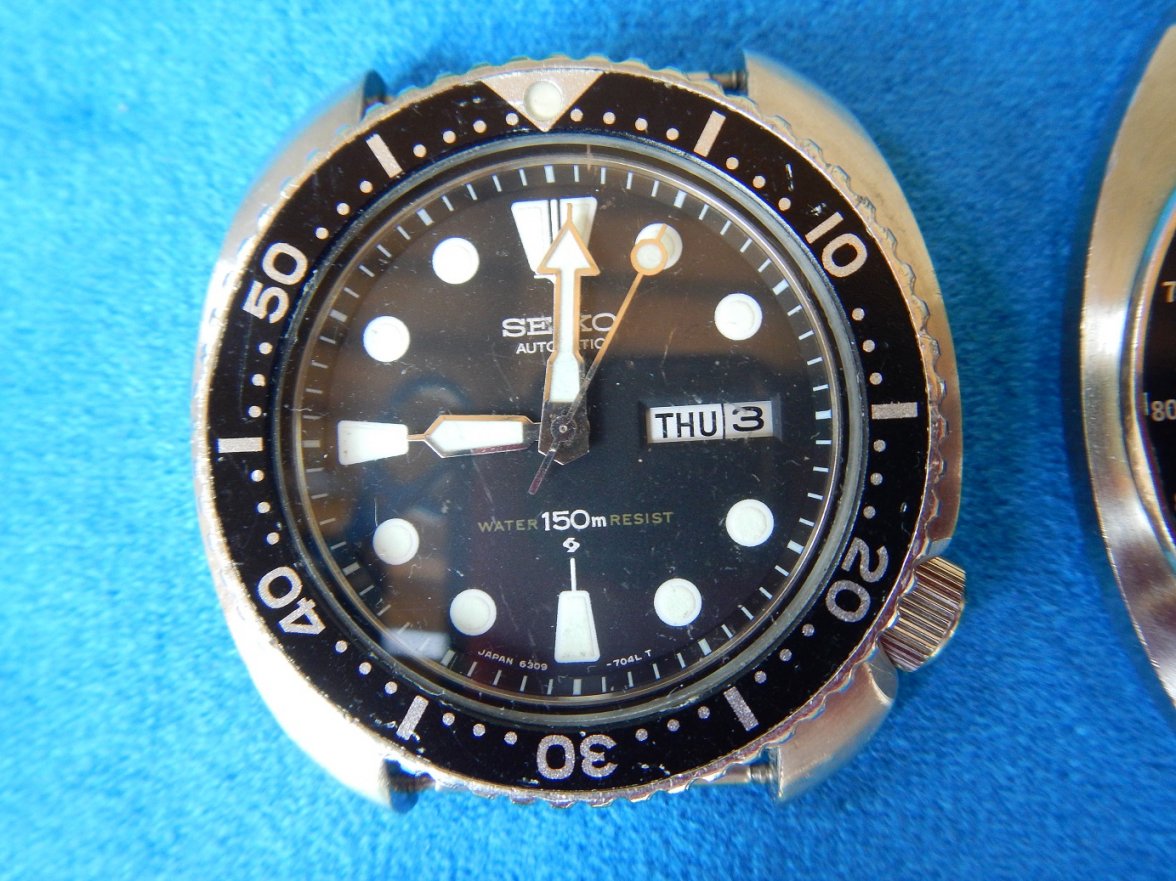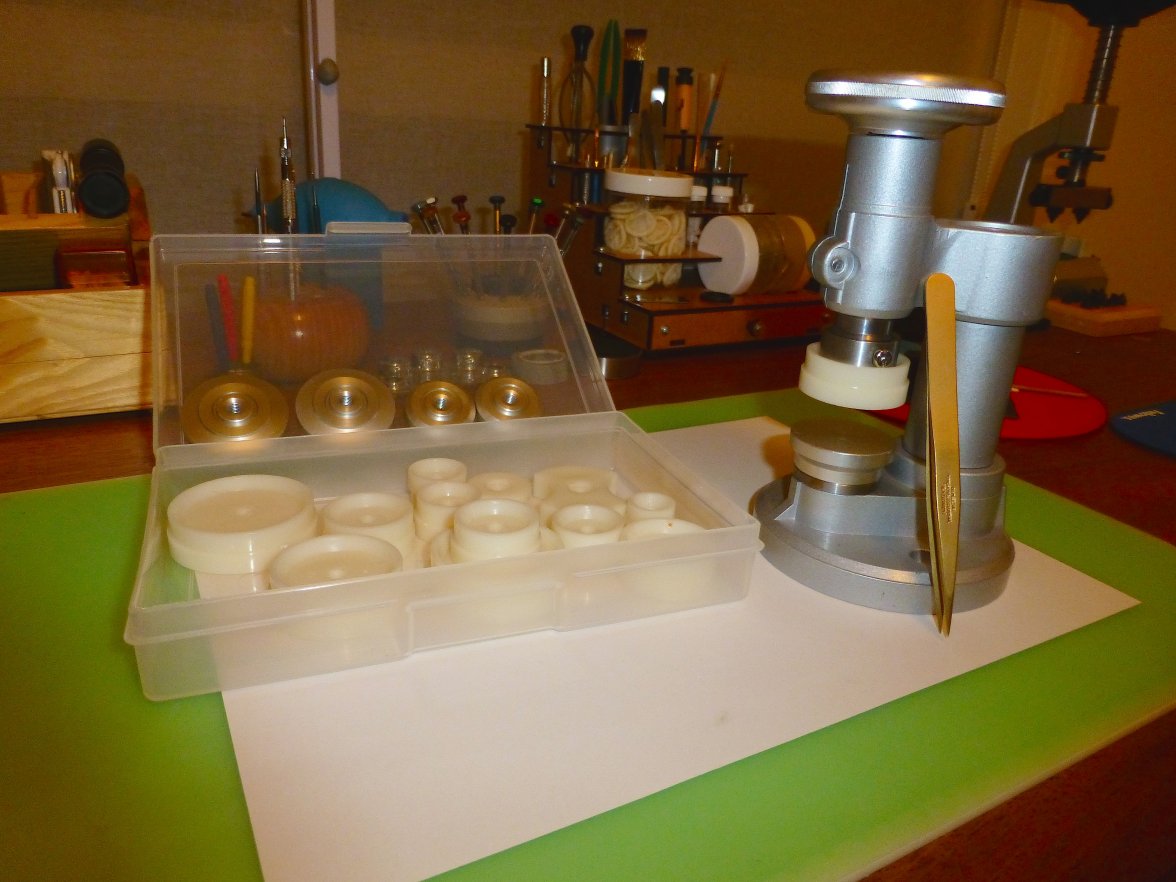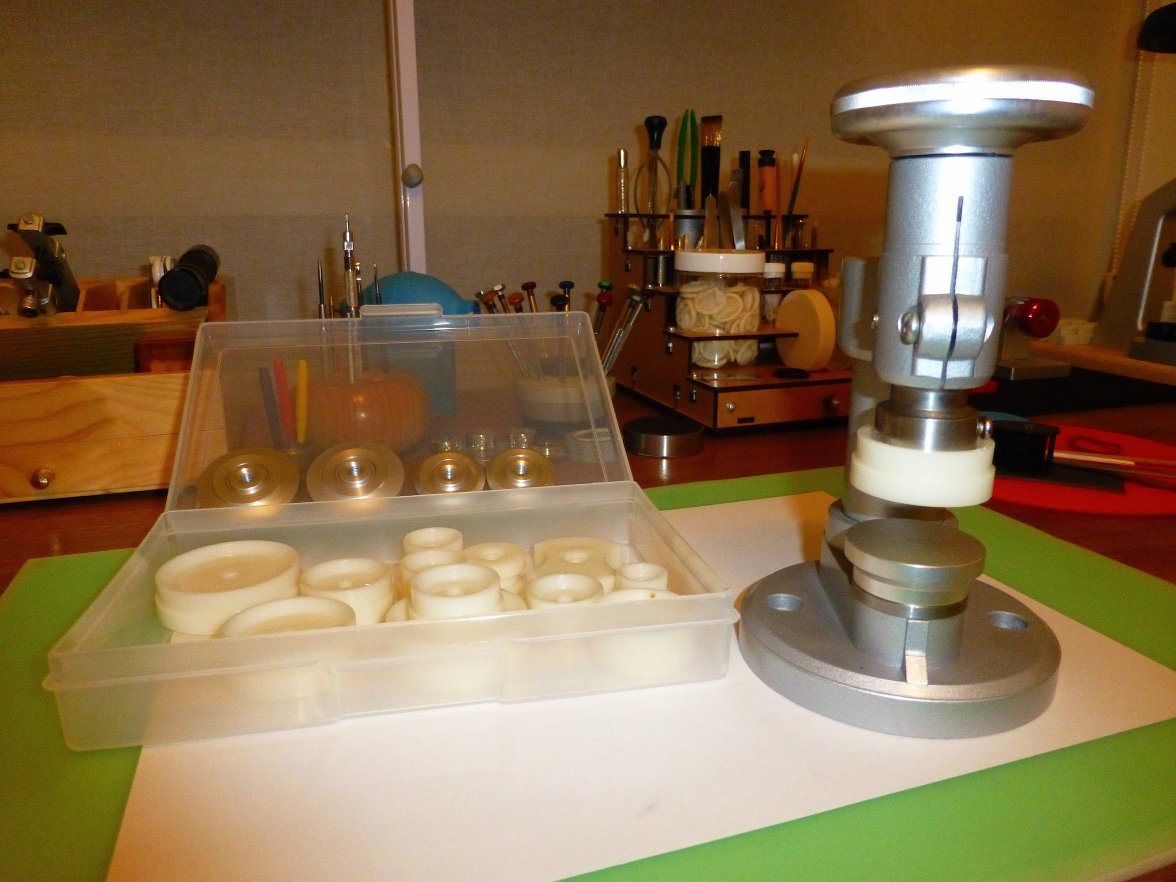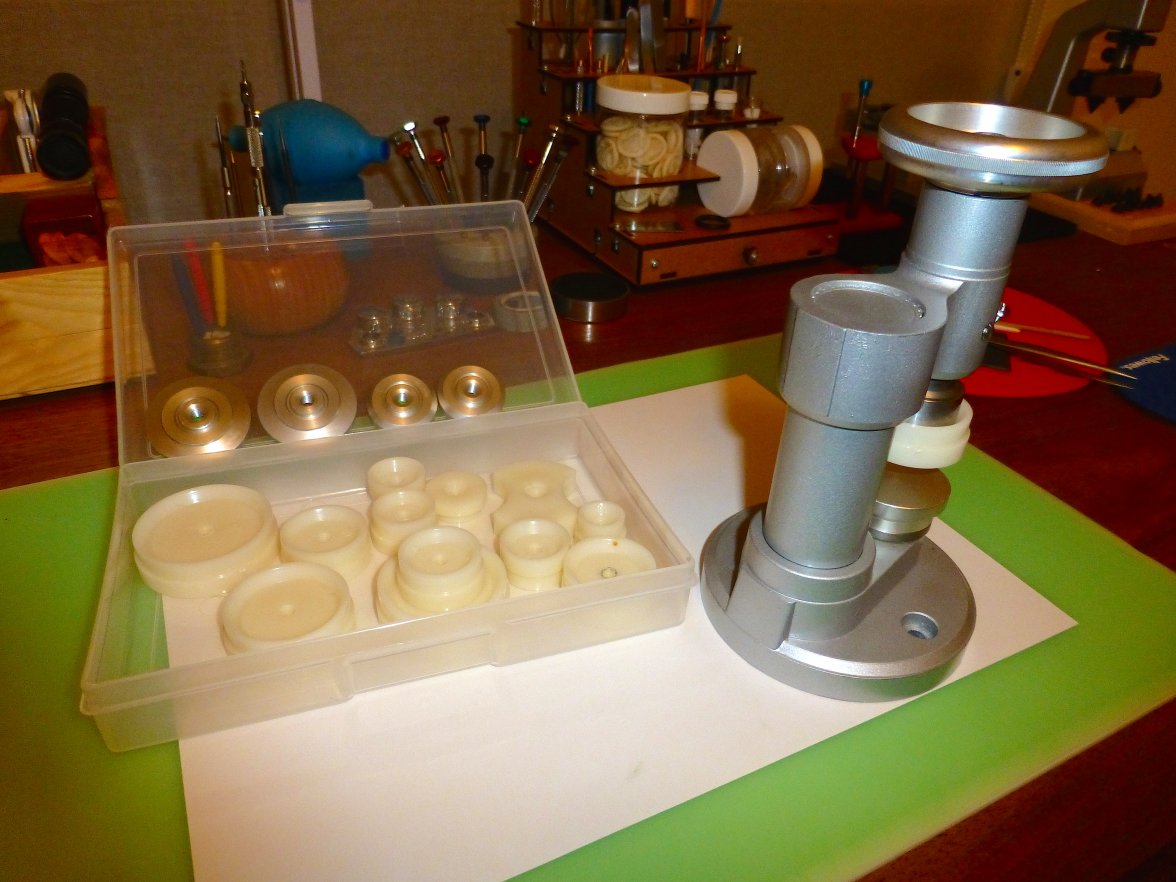JimInOz
··Melbourne AustraliaOnly advice I can give with regards to cleaning dials is...only clean it if you are prepared to destroy it.
Cheers, Al
I take your point Al, in this case though I felt the risk was worth the result. Only doing the blank areas with the gentlest pressure and purest water. I certainly wouldn't attempt it on a vintage Omega dial for example (well, not after my first disaster some years ago 🙁).
Cleaning the matte finish dial is tough because almost anything you do will make marks and it's difficult to remove anything. A shiny/lacquer finish is equally troublesome because you don't know how it will respond. For one never use alcohol. Even water can leave marks and rubbing can break it down.
When I disassemble a watch the very first thing I do after uncasing the movement and removing hands is remove the dial. It then goes in a separate covered tray by itself. It's only taken out when the dial is ready to be put back on. Doing this there is no new dust and debris and there is no chance in damaging it or making new marks. I often see a beautiful dial with a few eye sore scratches and dings and wonder about the carelessness it took to make these. Scratches from removing the hands are irksome because these can so easily be avoided.
👍
Totally agree with your method, my dials go straight into a new ziplock bag for the duration of the work.
And I use similar bags to remove the hands and find that doing it this way, marking the dial is all but totally eliminated.
Cost of ziplock bags?
$3.10 per 100. (or $11.50 per thousand, if I ever need that many!)
Cost of peace of mind?
Priceless.








